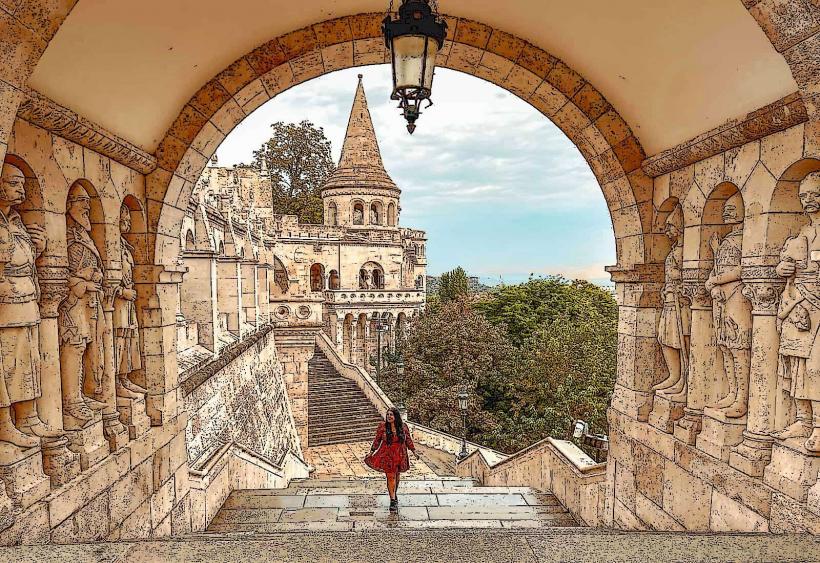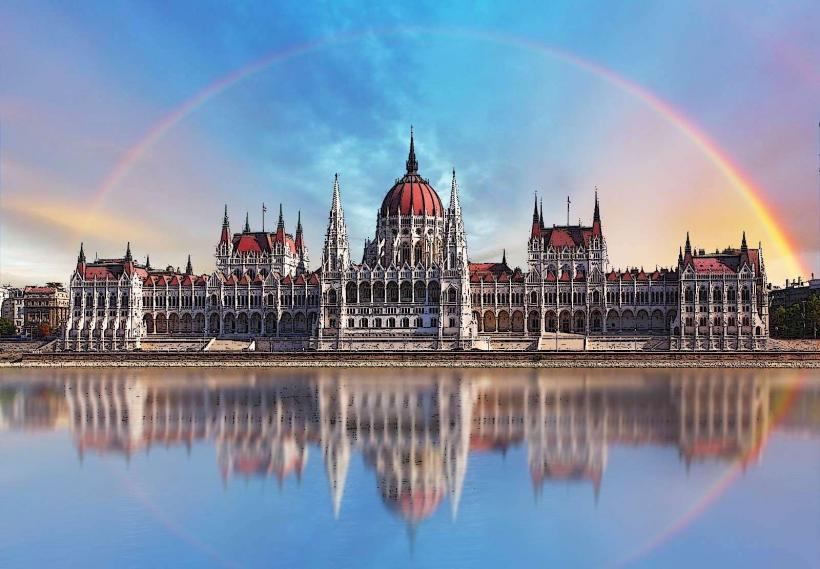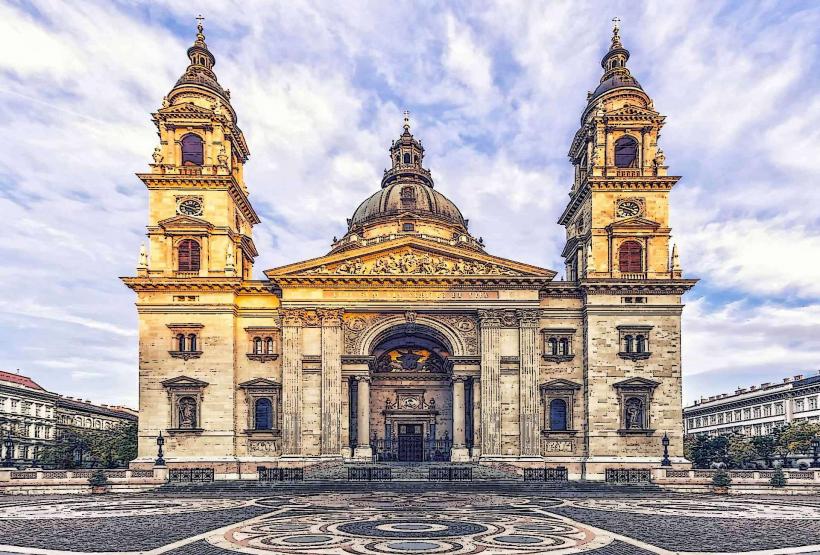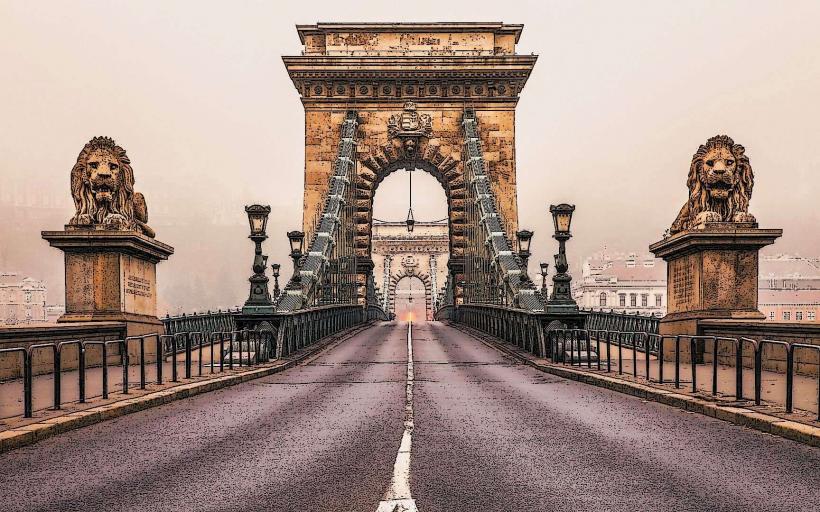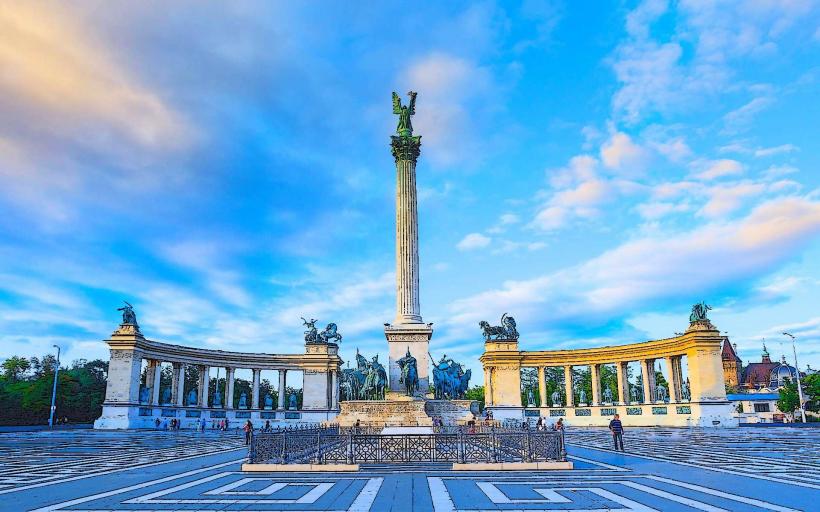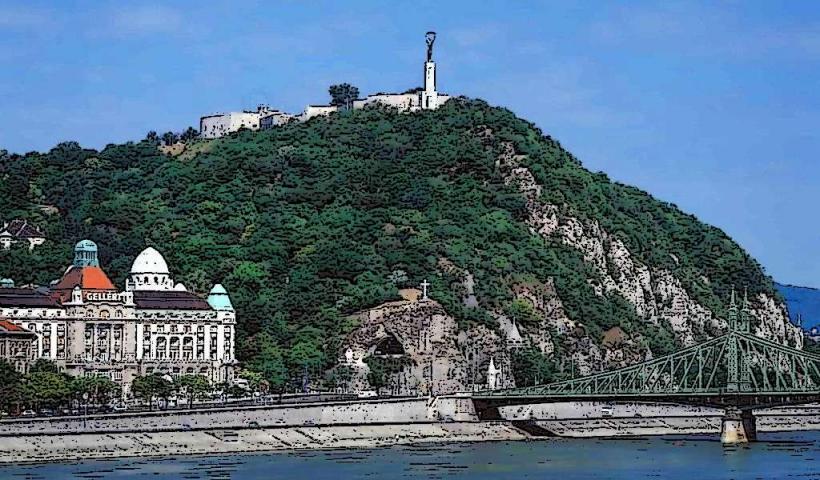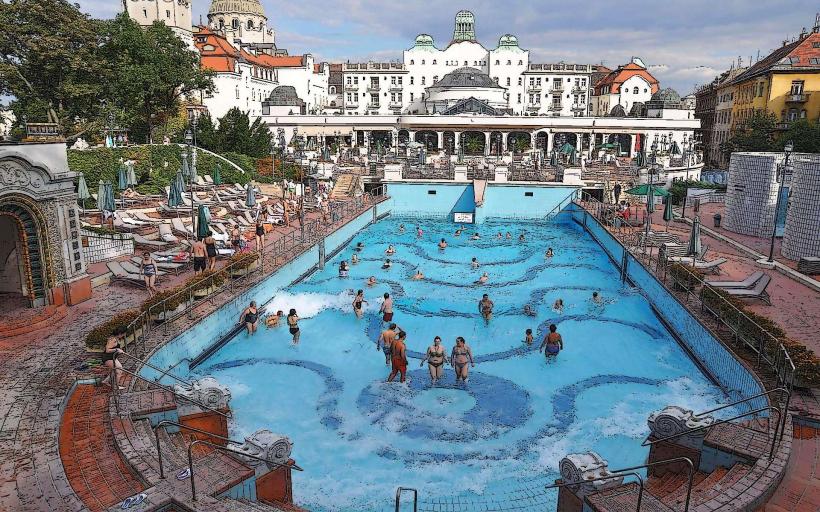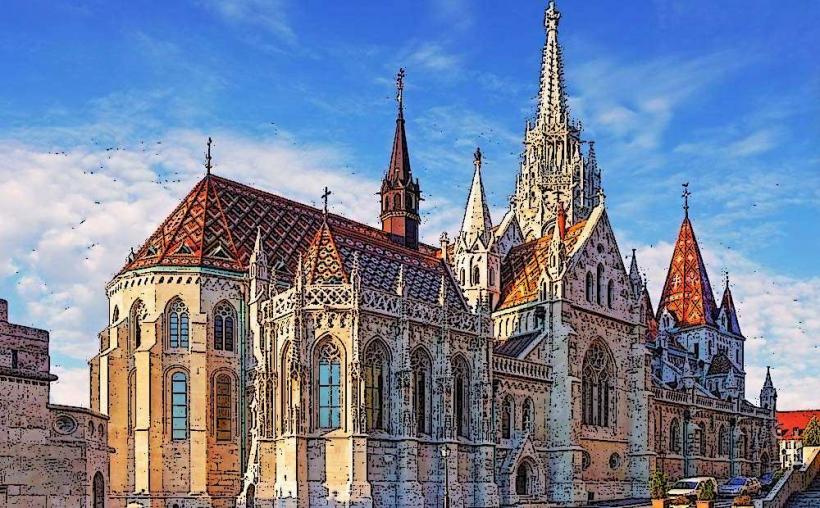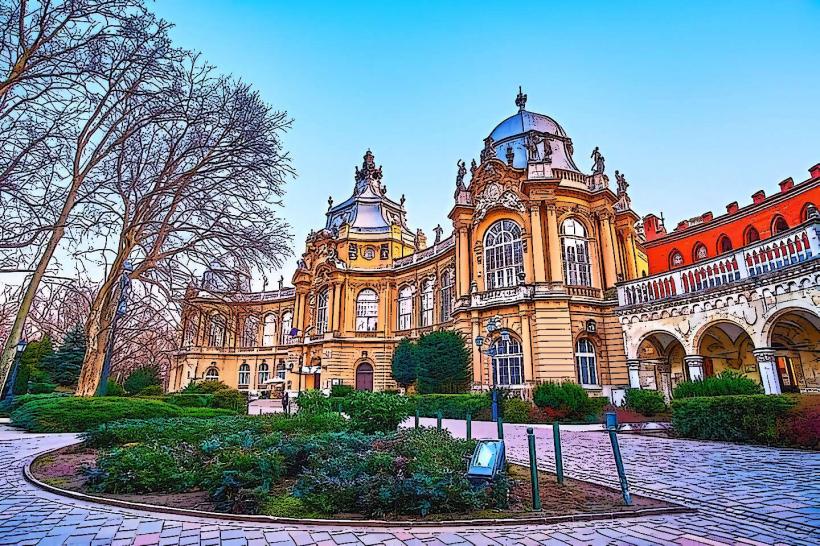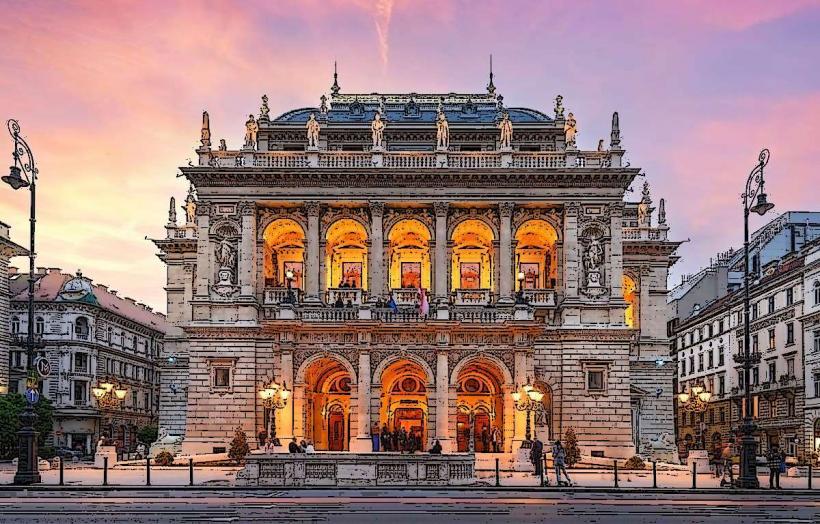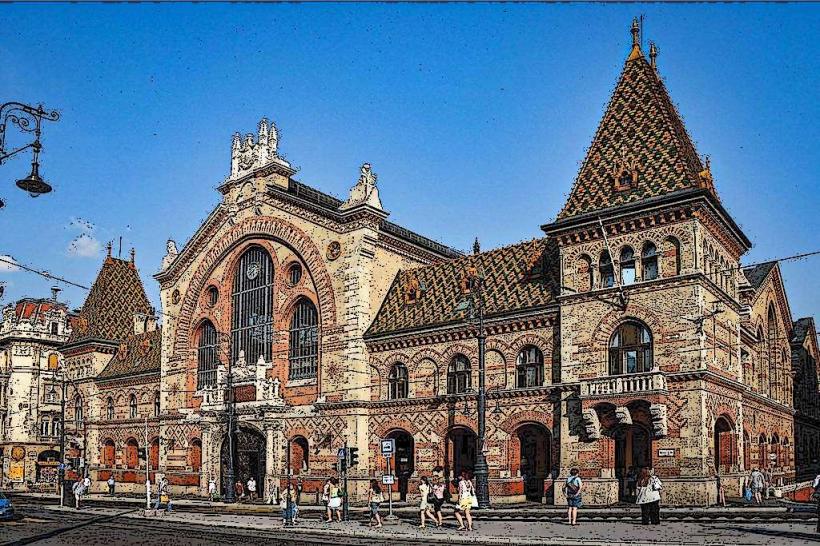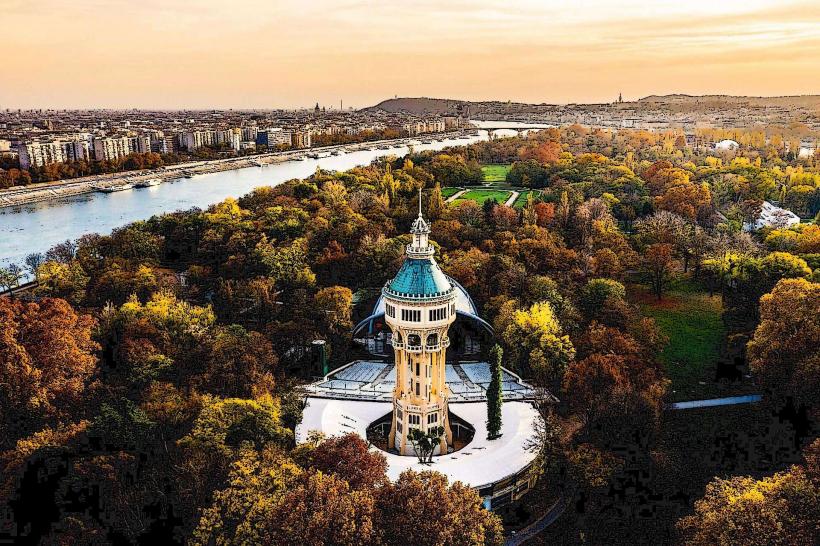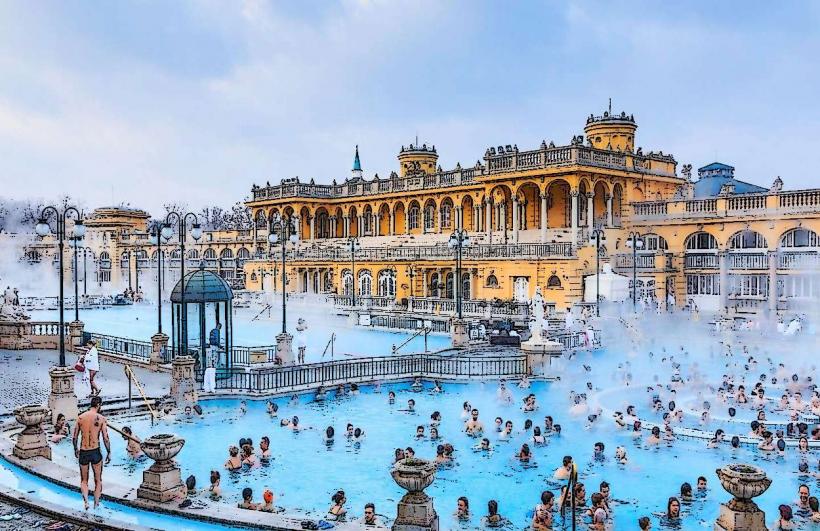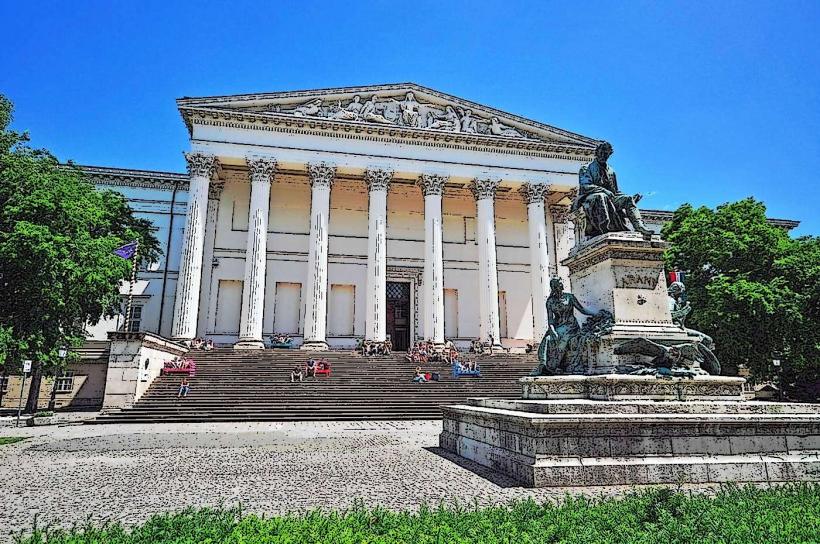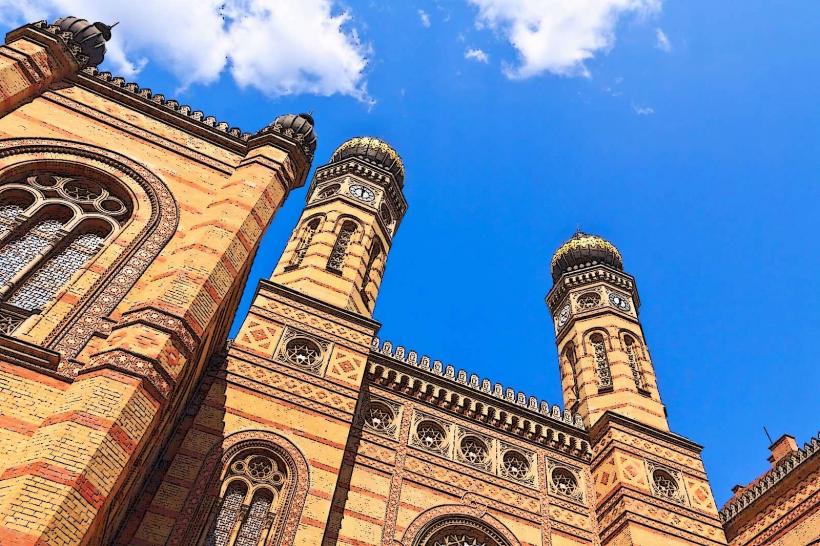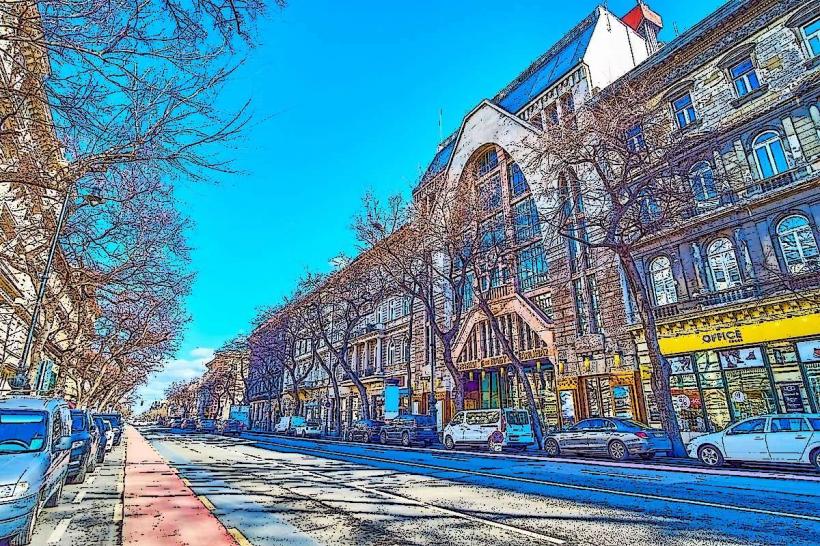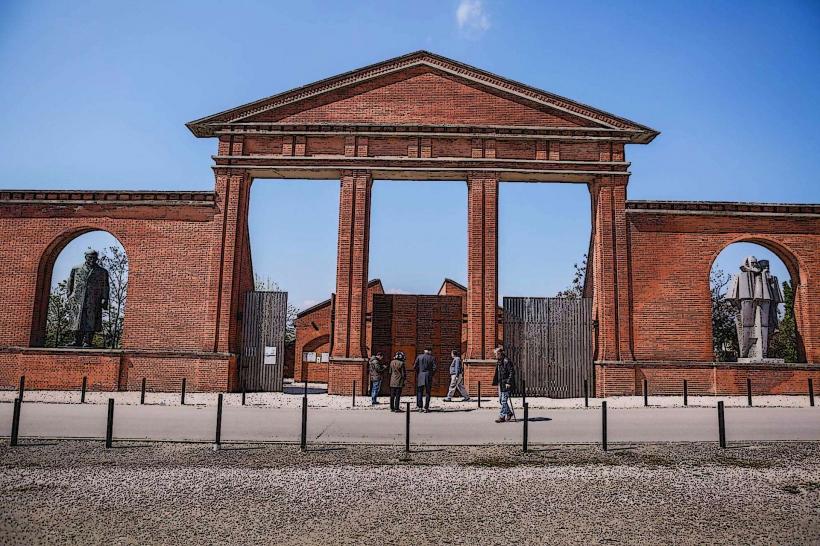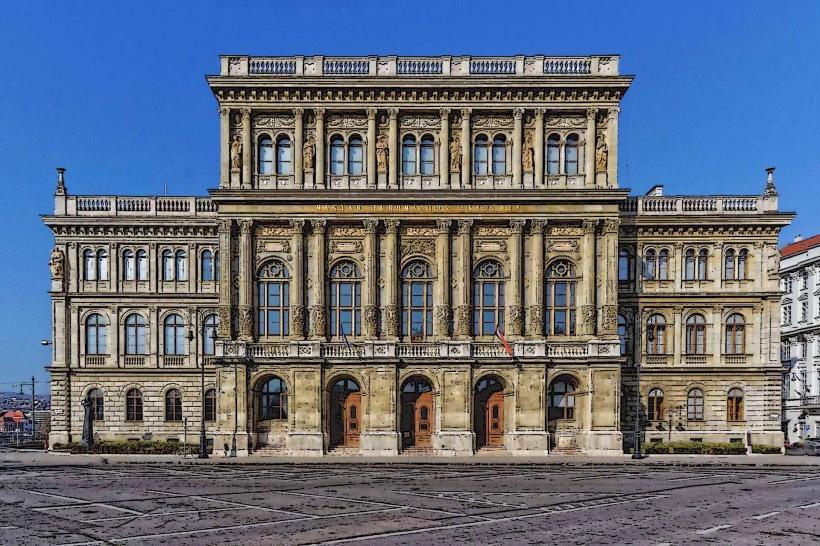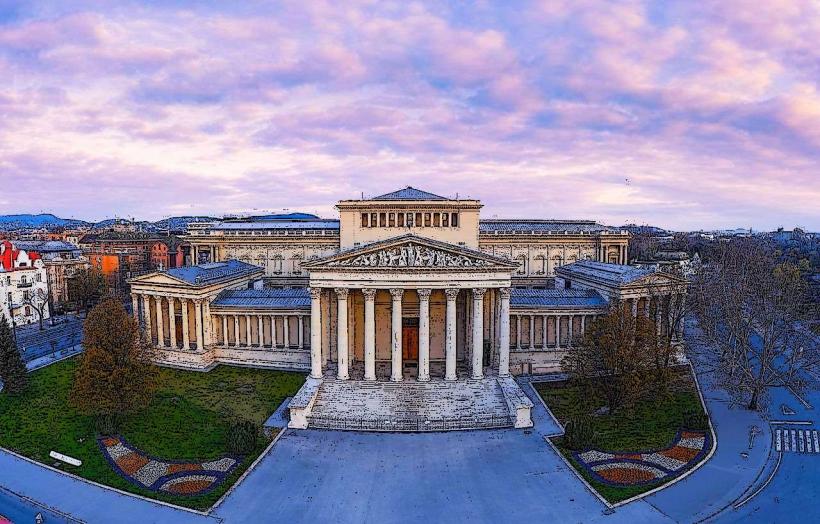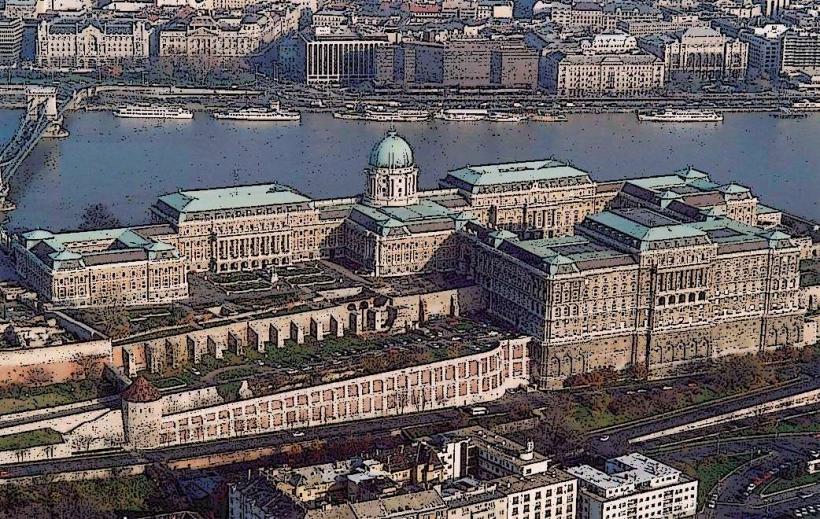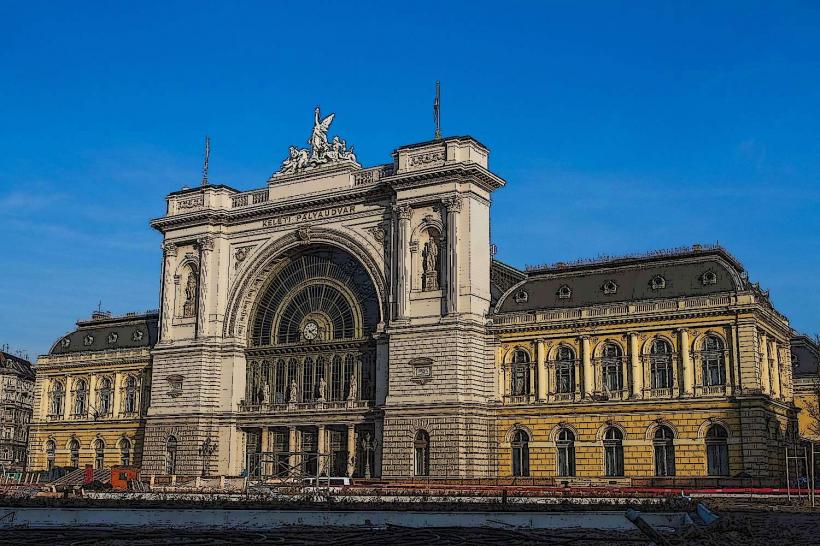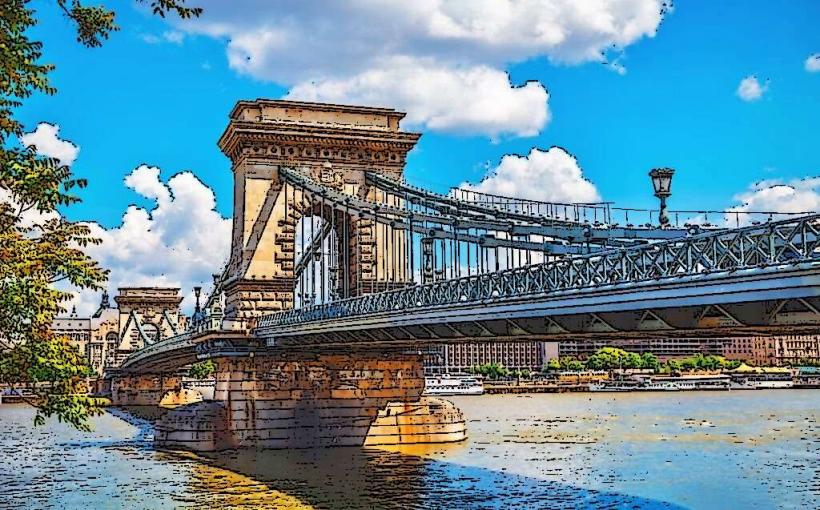Information
Landmark: House of Terror MuseumCity: Budapest
Country: Hungary
Continent: Europe
The House of Terror Museum (in Hungarian, Terror Háza Múzeum) is a significant museum located in Budapest, Hungary. It is dedicated to the history of the totalitarian regimes that ruled Hungary during the 20th century, specifically the Nazi and Soviet occupations, and the impact of these regimes on Hungarian society and individuals. The museum is housed in the building at Andrássy Avenue 60, a prominent location in the city that itself has a dark history.
Historical Background
The Building’s Role: The building that now houses the House of Terror Museum was originally used by the Arrow Cross Party, a pro-Nazi fascist group that controlled Hungary in the final years of World War II. During this period, it served as a headquarters for the fascist secret police, and later, under the Soviet-backed Hungarian communist government (1949-1989), the building became the headquarters of the ÁVH (State Protection Authority), the secret police of the Hungarian People's Republic. This agency was notorious for its brutal methods, including interrogations, torture, and executions of political prisoners.
Purpose of the Museum: The museum was opened in 2002 with the aim of educating the public about the atrocities committed during both the Nazi and Soviet occupations. It focuses on how these regimes influenced Hungarian society, the personal tragedies they caused, and the importance of remembering and learning from these dark chapters in history.
Exhibits and Collections
The museum's exhibits are designed to educate visitors about the violent repression and suffering that Hungarians endured during the Nazi and Soviet eras. The museum is not just a collection of artifacts but also a memorial to the victims of these totalitarian regimes.
First Floor (Nazi Occupation): The upper floors of the museum focus on the Nazi era and the Arrow Cross Party, detailing how Hungary came under Nazi control and the Holocaust in Hungary. The exhibits include personal stories, documents, and photographs that help illustrate the impact of the war and the terror inflicted upon Hungarian citizens. There are also memorials to the thousands of Hungarian Jews, as well as others, who were murdered during the Holocaust.
Basement (Soviet Occupation): The basement of the museum is dedicated to the Soviet occupation of Hungary and the communist regime. It focuses particularly on the role of the ÁVH, the brutal tactics employed by the secret police, and the repressions faced by those who opposed the communist government. The basement features a recreated interrogation room, showing the cruel methods of torture used to break down political prisoners. The walls of the basement also display the names and photographs of prominent victims.
Personal Stories: Throughout the museum, there are many personal accounts and testimonies of those who lived through these dark times. These provide powerful insights into the human cost of totalitarianism, as well as the impact of repression on everyday life. Some rooms are dedicated to the stories of survivors and the trauma experienced by both those who were tortured and their families.
Exhibitions on Repression and Resistance: The museum also highlights the stories of resistance against the regimes, showing how some individuals and groups fought back against the terror. It shows the courage of those who stood up to tyranny, as well as the devastating consequences of dissent.
Memorial Hall and Artistic Displays
The museum includes artistic exhibits that aim to commemorate the victims of totalitarian rule. One of the most striking parts of the museum is a memorial room that honors the memory of the people who suffered and died under these regimes. It features portraits, biographies, and a wall of names, where the faces of the victims are displayed in hauntingly silent tribute.
Atmosphere and Design
The museum’s design is carefully curated to reflect the atmosphere of oppression that marked the periods it represents. The museum’s rooms are often stark, dark, and imposing, with the use of sound effects, video projections, and personal testimonies that create an immersive experience. The use of light and shadow enhances the emotional impact of the exhibitions.
- Interactive Elements: Some of the exhibitions include interactive elements, such as video installations and digital displays that allow visitors to engage with the content in a more personal way. These features aim to educate visitors, especially younger generations, about the long-lasting consequences of tyranny.
Impact and Significance
The House of Terror Museum is one of the most significant memorials in Budapest. It has been lauded for its ability to convey the emotional and physical toll of the totalitarian regimes that ruled Hungary during the 20th century. It serves not only as a reminder of the horrors of the past but also as a call for the defense of democracy, freedom, and human rights in the present day.
- Controversy: The museum has been the subject of some controversy, particularly in terms of its portrayal of Hungarian collaborators with the Nazi regime. Some critics argue that the museum does not sufficiently highlight the collaboration of Hungarian fascists with the Nazis and the role of Hungarian authorities in the persecution of Jews. However, supporters argue that it is an essential part of Hungarian history and a necessary memorial for all the victims of oppression.
Visitor Information
Location: The House of Terror Museum is located at Andrássy Avenue 60, Budapest, Hungary. This avenue is a UNESCO World Heritage Site, which further emphasizes the significance of the museum's location in Budapest's cultural and historical landscape.
Opening Hours: The museum is typically open daily, with occasional closures for holidays or special events. It is recommended to check the official website for specific hours before visiting.
Admission: Admission fees vary, and there are often discounts for students and senior citizens. Audio guides and guided tours are available for a more in-depth experience.
Nearby Attractions: The House of Terror Museum is located in the heart of Budapest, with other notable attractions nearby, such as Heroes’ Square, City Park, and Széchenyi Thermal Bath.
Conclusion
The House of Terror Museum is a haunting and emotional memorial to the victims of totalitarian regimes in Hungary. Its powerful exhibits and immersive design provide visitors with a deeper understanding of the traumatic experiences faced by those under Nazi and Soviet rule. By preserving the memory of these atrocities, the museum plays an important role in educating future generations about the dangers of oppressive governments and the value of freedom.


